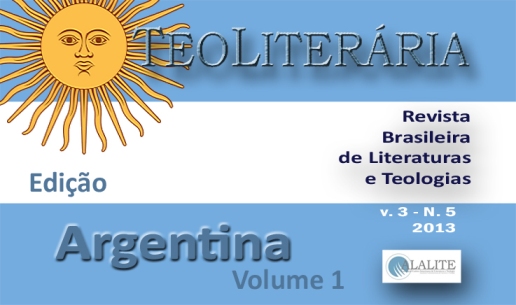El imaginario estético como locus antropológico. Hacia una Antropología del Imaginario
DOI:
https://doi.org/10.19143/2236-9937.2016v3n5p128-136Resumen
El proceso a través del cual el hombre es capaz de crear belleza no sólo nos aporta una experiencia fruitiva sino también cierto conocimiento de nuestra naturaleza humana. Por ello nos hemos propuesto entender qué posibilidades epistemológicas nos abre una obra de arte y, en última instancia, qué conocemos del hombre a través de ella y por qué. A partir de la perspectiva interdisciplinaria y dialógica propuesta por los autores Adolphe Gesché, Hans-Georg Gadamer, entre otros, planteamos el mundo imaginario abierto e instaurado por las obras de arte se vuelve un locus privilegiado para el conocimiento del hombre. El imaginario es esa esfera simbólica construida por los artistas y la comunidad, que a su vez ejerce influencia y condiciona a cada miembro de la misma, en donde la comunidad construye su identidad y se conoce.Palabras clave: imaginario, estética, poiésis, antropología.
Descargas
Publicado
2013-07-31
Cómo citar
Calvo, P. M. (2013). El imaginario estético como locus antropológico. Hacia una Antropología del Imaginario. TEOLITERARIA - Revista De Literaturas E Teologias, 3(5), 128–136. https://doi.org/10.19143/2236-9937.2016v3n5p128-136
Número
Sección
Artigos Temáticos


